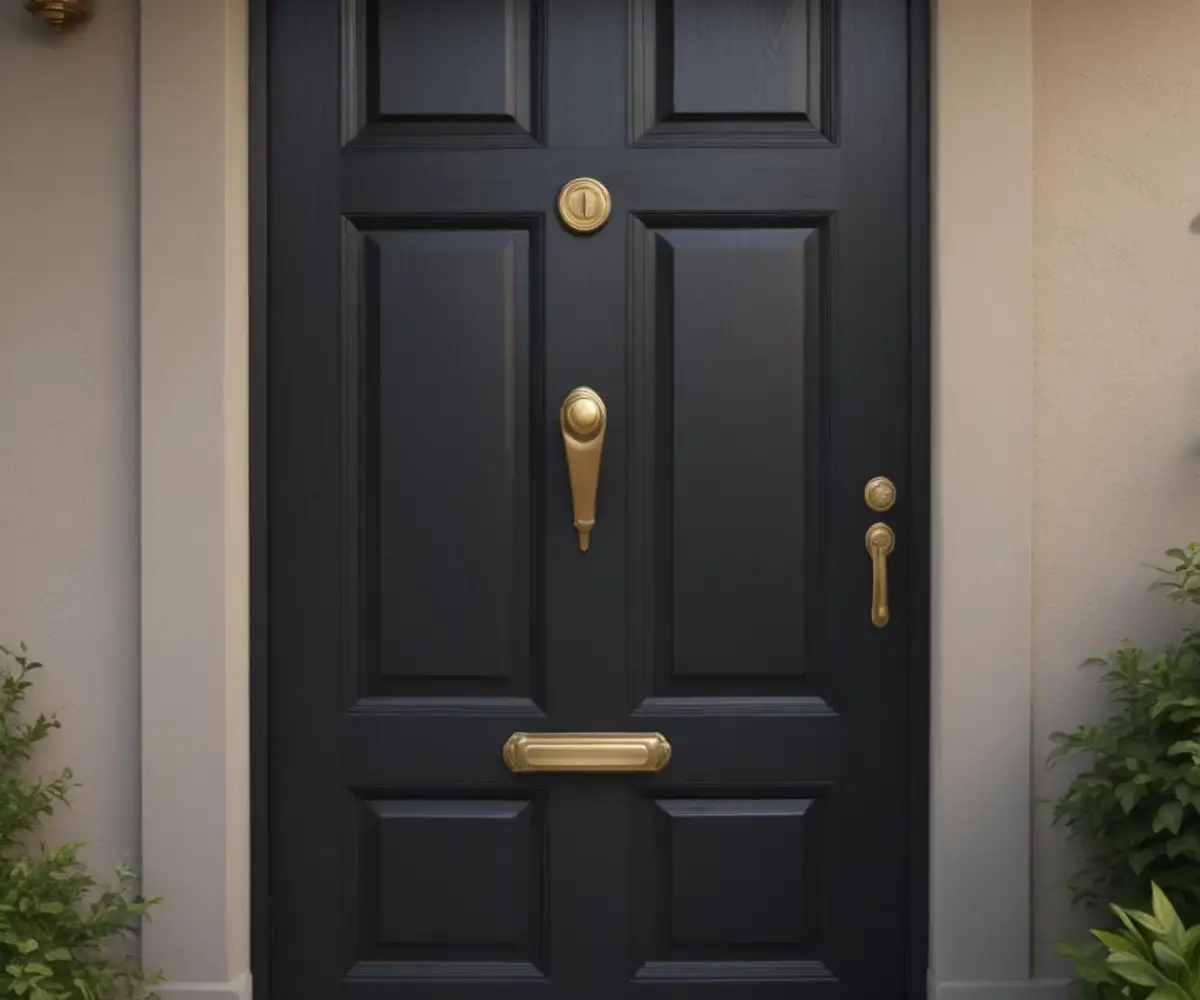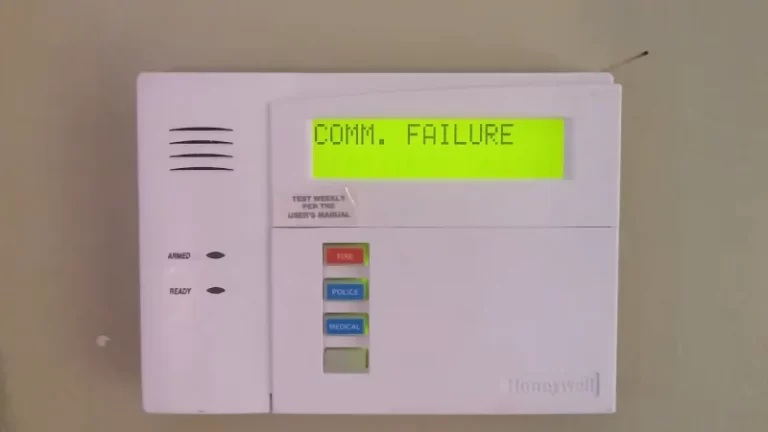My House Has No Doorbell: Your Ultimate Solution Guide
Moving into a new home only to discover there’s no doorbell is a surprisingly common issue. You might be wondering how you’ll know when packages or visitors arrive. The good news is that you have numerous modern, simple, and effective solutions at your disposal.
Whether your home is older, the previous owner removed the bell, or it was simply an oversight in construction, living without a doorbell is an inconvenience you don’t have to tolerate. From classic charm to high-tech security, there’s a perfect fit for every home and budget.
You'll Learn About
Why Is There No Doorbell In My House?
Several factors could explain the absence of a doorbell. In older homes, doorbells weren’t always standard, with door knockers being the traditional method for announcing a visitor’s presence. In other cases, a previous owner may have removed a broken or outdated system and never replaced it.
Sometimes, during renovations or siding replacement, the doorbell wiring gets covered up or disconnected. Whatever the reason, you are not stuck with the silence. Installing a new system is often a straightforward project that can significantly improve your home’s convenience and security.

The Easiest Fix: Wireless Doorbells
For most homes without existing wiring, a wireless doorbell is the simplest and most popular solution. These systems are incredibly easy to install, often in under 15 minutes, and require no electrical knowledge. They are the go-to option for renters or anyone seeking a hassle-free setup.
Wireless systems operate using a simple transmitter and receiver. The button, mounted by your door, contains the transmitter. When pressed, it sends a radio signal to the receiver (the chime box), which you can plug into any standard outlet inside your home.
How to Install a Wireless Doorbell
Installing a wireless doorbell is a perfect DIY project for any skill level. Most kits come with everything you need. Here are the basic steps:
1. Choose Your Location: Pick a spot for the doorbell button near your front door, typically around 48 inches from the ground. Avoid mounting it on metal surfaces if possible, as this can sometimes interfere with the signal.
2. Mount the Button: Most wireless buttons can be mounted using either the included screws or strong double-sided adhesive tape. If you’re mounting on a surface like brick or stucco, you may need to drill pilot holes and use plastic anchors for the screws.
3. Set Up the Receiver: Simply plug the chime receiver into an electrical outlet in a central location in your home where it can be easily heard. Many models offer multiple receivers, so you can place one on each floor.
4. Pair and Test: Most kits come pre-paired. Insert the required batteries into the button and plug in the receiver. Press the button to ensure it works and to select your preferred chime sound and volume.
Upgrading to a Smart Video Doorbell
If you’re looking for enhanced security and convenience, a smart video doorbell is an excellent upgrade. These devices do more than just chime; they send real-time notifications to your smartphone, allow you to see and speak with visitors from anywhere, and record footage of any activity at your doorstep.
Like their simpler counterparts, many smart video doorbells are battery-powered, making them perfect for homes with no existing wiring. Popular brands like Ring, Arlo, and Eufy offer models that are easy to install and packed with features.
Key Features of Smart Doorbells
When choosing a smart doorbell, consider these important features:
- Video Quality: Look for a model with at least 1080p HD resolution for clear, detailed video.
- Two-Way Audio: This allows you to communicate directly with whoever is at your door through your smartphone.
- Motion Detection: Receive alerts when someone approaches your door, even if they don’t press the button. Many offer customizable motion zones to reduce false alarms.
- Night Vision: Ensure you can see visitors clearly, even in low-light conditions.
- Power Source: For homes without wiring, a battery-powered model is ideal. Battery life can range from a few months to a year, depending on usage. Some also offer solar panel accessories to keep the battery charged.
Also Read : Varivalve Quick Vent Leaking? Stop the Hiss and Drip Now!
The Traditional Choice: Installing a Wired Doorbell
While wireless options are easier, some homeowners prefer the reliability of a traditional wired doorbell. Since a wired system connects directly to your home’s electrical system, you never have to worry about changing batteries. However, installing a wired doorbell from scratch is a more involved process that may require professional help.
A wired system consists of three main components: the button, the chime box, and a transformer. The transformer is a crucial part that steps down your home’s standard 120-volt electricity to the low voltage (typically 16-24 volts) that doorbells use. If your home has never had a doorbell, you will need to install a transformer, which usually involves working with your home’s main electrical panel. An issue with the low-voltage system could also impact other features, so if you notice your low-voltage address light not working, it might be related to the same power source.
Steps for a New Wired Installation
Installing a complete wired system is a complex job. It involves running new wires through your walls from a power source to the transformer, then to the chime and the button. This process often requires an electrician to ensure it’s done safely and correctly.
The average cost to have a professional install a new wired doorbell can range from $250 to over $400, depending on the complexity of the job and local labor rates. This is significantly more than the cost of a simple wireless kit.
Comparing Your Doorbell Options
To help you decide, here is a breakdown of the most common doorbell solutions for a house that doesn’t have one.
| Feature | Wireless Doorbell | Smart Video Doorbell (Battery) | Wired Doorbell (New Install) |
|---|---|---|---|
| Installation Difficulty | Very Easy (DIY in minutes) | Easy (DIY in under an hour) | Difficult (Professional recommended) |
| Average Cost | $20 – $60 | $80 – $250+ | $250 – $400+ (professionally installed) |
| Power Source | Batteries | Rechargeable Battery Pack | Home’s Electrical System |
| Key Benefit | Simplicity and Affordability | Security and Remote Access | Reliability (No batteries) |
| Maintenance | Replace batteries periodically | Recharge battery pack every 3-6 months | Virtually none |
Timeless Alternatives: Door Knockers
Before doorbells became common, the door knocker was the standard. A classic door knocker can be a stylish and effective alternative that adds a touch of personality to your front entrance. They require no electricity and are incredibly durable.
Installation is simple, usually requiring you to drill one or two holes through the door to mount it with bolts. They come in countless designs, from elegant and modern to rustic and traditional, allowing you to make a design statement. A door knocker is a reliable, low-maintenance solution that will never fail due to a dead battery or power outage.
Frequently Asked Questions
What are my options if my house doesn’t have existing doorbell wiring?
You have several convenient options that don’t require existing wiring. The simplest solution is a wireless, battery-operated doorbell. Another choice is a smart video doorbell that runs on a rechargeable battery. Some models can also be plugged into a standard electrical outlet using a power adapter.
Are wireless doorbells difficult to install?
No, wireless doorbells are known for their easy installation. Many models are battery-powered and can be mounted using adhesive strips, eliminating the need for drilling. The setup process for connecting the button to the indoor chime is typically straightforward and can be done without professional help.
Can I use a smart video doorbell if I don’t have a wired doorbell?
Yes, many smart video doorbells are designed for homes without existing doorbell wiring. These devices are often powered by rechargeable batteries and connect to your home’s Wi-Fi network. This allows you to see and speak with visitors from your smartphone, even when you’re not home.
What is a doorbell transformer and do I need one?
A doorbell transformer is a device that reduces your home’s electrical voltage to a lower, safer level for a wired doorbell. If you choose a wired doorbell, you will likely need a transformer. However, if you opt for a battery-operated wireless or smart doorbell, a transformer is not necessary.
Besides a doorbell, what else can I use to know someone is at my door?
If you prefer not to install a doorbell, there are other ways for visitors to get your attention. A decorative door knocker is a classic and effective alternative. For a more modern approach, you could place a small sign asking visitors to knock loudly or to call your phone number.
Making the Right Choice for Your Home
Living in a house without a doorbell is a solvable problem. For ultimate ease and affordability, a wireless doorbell is the clear winner and can be installed in minutes. If enhancing your home security is a priority, a battery-powered smart video doorbell offers incredible features and peace of mind.
While a traditional wired system offers unmatched reliability, its installation complexity and cost make it a less common choice for homes without existing wiring. Ultimately, the best solution depends on your budget, desire for security features, and willingness to take on a DIY project. No matter which you choose, you can soon enjoy the convenience of knowing exactly when someone is at your door.

